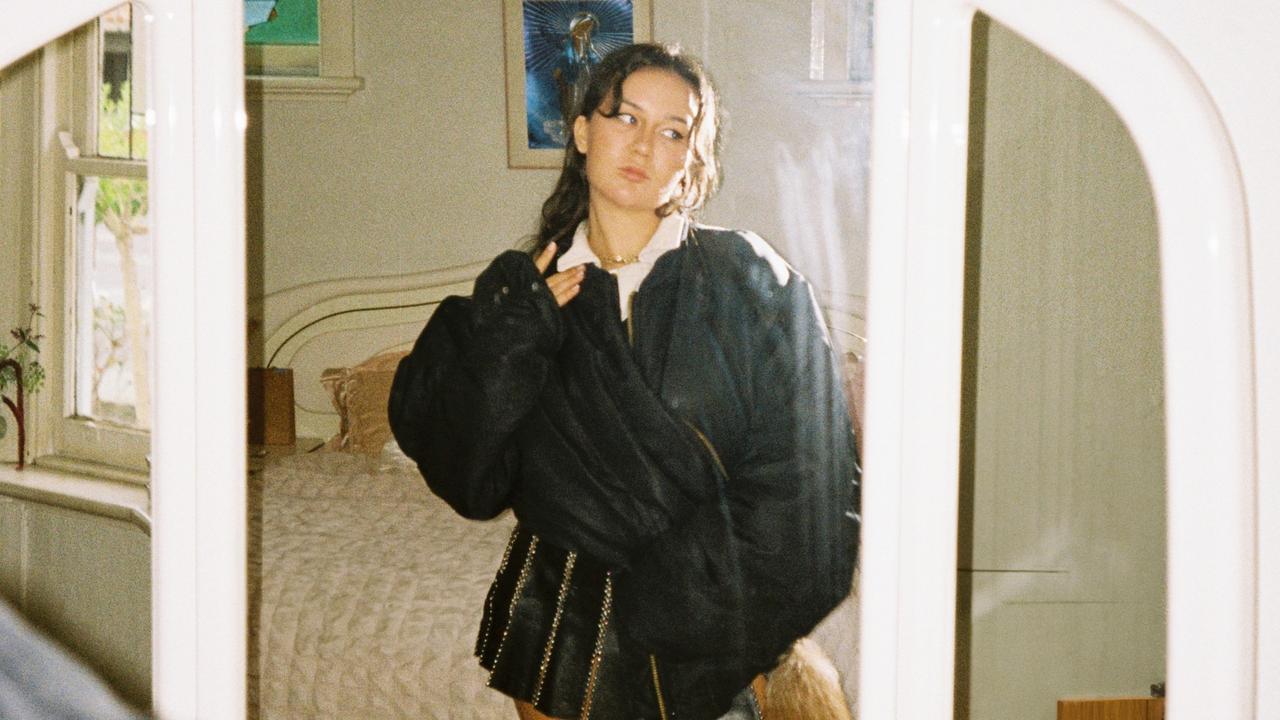Children’s books, from the blues to brave bovines
The latest batch of children’s picture books tackles some touchy subjects and real-life dramas.
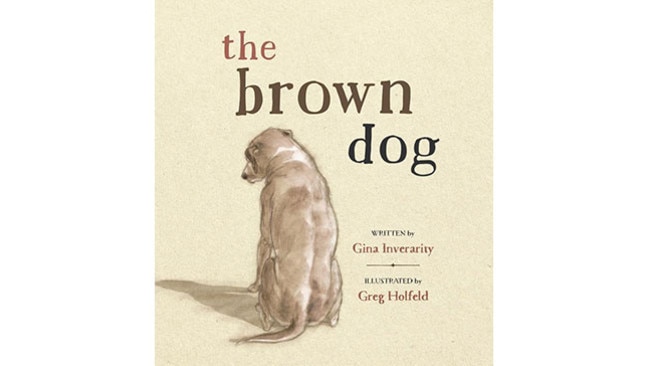
When I was a kid my greatest fear was being sent to boarding school. Today, it’s that my almost 12-year-old will stop helping me review picture books. With hindsight, I know boarding school was never an option: my parents could not have afforded it. I hope my new fear is equally misplaced. Well, at least until he’s a teenager …
The following books are ones we read since January. We’ll do another review pre-Christmas. Syd and I love dogs, and we will let loose a few here, but let’s start with one that is in a sense metaphorical: The Brown Dog (Working Title Press, $24.99), written by New Zealander Gina Inverarity and illustrated by Adelaide-based Canadian Greg Holfeld. “The brown dog turned up one rainy Saturday afternoon,” the story starts. That “rainy Saturday” says a lot, doesn’t it? The large, sad dog pushes his cold nose into young Henry’s hand. Usually Henry doesn’t mind when the dog visits but this time he “decided to stay”. Henry stays too, at home, uninterested in going out to play. Syd twigged to what this was about: the brown dog is almost black. This is a beautiful, ultimately uplifting book that gently sends an important message.
More canines later, but it’s only fair to shoo-in a cat now. Can’t Catch Me!(Walker Books, $24.99) is a funny and eventually surprising book by English writer-illustrator team Timothy Knapman and Simona Ciraolo. On page one we meet Jake, “the fastest mouse in the world”. He’s far too speedy for Old Tom Cat, who, being aged, doesn’t ask for much, just “a sweet young mouse to eat”. Jake evades him easily, singing “You can’t catch me”. He repeats this to lots of other carnivores he passes in the fields, including a bear. Yet he learns something humans have known since Odysseus: every journey has a beginning and an end. The final scenes are so good that Syd and I thought there had to be more pages to come. There were not, and we were delighted. If reading it to younger children perhaps prepare yourself for a follow-up discussion about the animal kingdom.

Aaron Blabey is such a brilliant children’s author that from today I’m removing the words “former actor” from his description. His new one, Busting! (Scholastic, $16.99), drops the drawers on a corporeal crisis that afflicts humans and animals alike: furry Lou (I’m guessing he’s a hamster) is “BUSTING for the loo” but “yikes! The loo had quite a queue”. The other animals in the queue tell Lou to “SHOO!” What follows reminds me of the Seinfeld episode where Kramer needs to do, well, what Lou needs to do. While we are on body bits, Do Not Lick This Book (Allen & Unwin, $19.99) literally brings some of them far too close for comfort. It’s written by Melbourne microbiologist and philosopher Idan Ben-Barak, with amazing illustrations, some digital, by Julian Frost, another Melburnian, who made a splash with his YouTube animation Dumb Ways to Die.
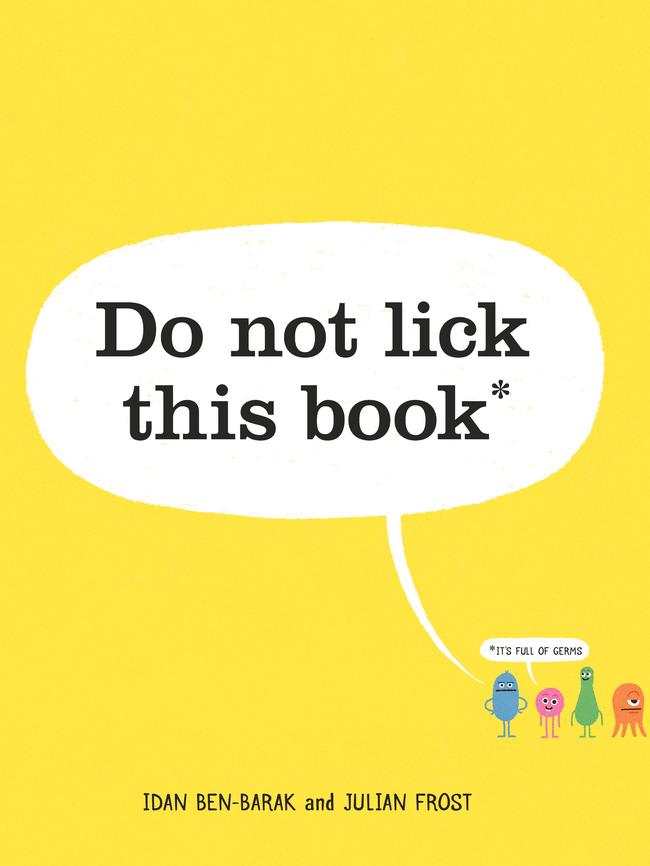
We’re introduced to a blue microbe named Min. There’s a pencil-tip dot on the same page. “Microbes are so small that 3,422,167* could fit on it.” The * denotes “give or take a few million”. There’s no harm in living on a dot, but when Min goes elsewhere we see strange sights, thanks to microscopic photos that put small objects in large, fine detail. Seeing her on a jungle-like sheet of paper is weird enough, but when she travels to Himalayan human teeth and oilspill belly buttons, we needed to call a doctor. This is a fascinating book for young and old.
Of course another way to see things more closely is to look harder. Rock Pool Secrets (Walker Books, $24.99), by Queensland author Narelle Oliver, took me somewhere I’ve loved since childhood, when my father would take me and my siblings to Sydney’s La Perouse. Syd and I go there now. In this almost meditative book you lift flaps to find rock pool creatures such as hermit crabs, goby fish, starfish, sea slugs and the one I still fear most: the octopus. Mopoke (Scholastic, $19.99) is by another Queenslander, Philip Bunting, and it’s a gem. “This is a mopoke,” we are told as we see a brown bird sitting on a branch. “This is a highpoke.’’ Same bird, higher branch. “This is a lowpoke.” We can barely see him now. It gets funnier and funnier as we meet a poshpoke, a mo’poke, two pokes and — in a can’t-breath-from-laughing-too-much moment — another one I will not name.
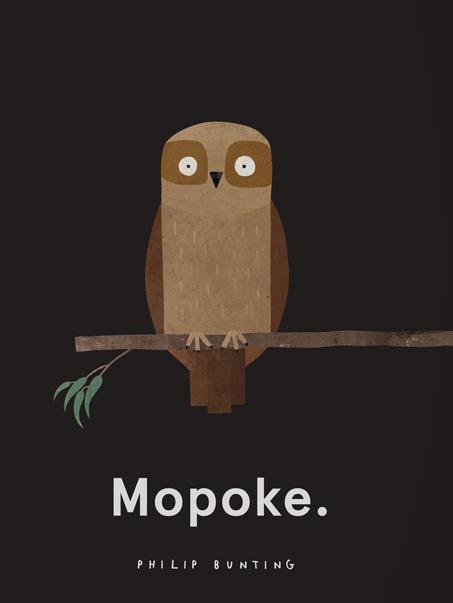
Until I checked Ben-Barak’s CV I thought another Melburnian, philosopher Damon Young, was the most educated children’s author in Australia. Well, he may not be a microbiologist too, but he’s still sweet and funny with his continuing series on families and their standout members. This time it’s My Brother is a Beast (UQP, $24.95), illustrated as usual by the jaunty-penned Peter Carnavas. A girl talks about how regular brothers like to go fishing or play music, but her elder sibling is “a beast … he hugs with huge, hairy paws”. Now, the paws and tonsorial horns may be from Kmart, but that doesn’t mean the wearer can’t be a beast. I love what he does to a piano. Speaking of beasts, perhaps my favourite here is Capital (Simply Read Books, $18.99), by Portuguese author and illustrator Afonso Cruz. There are no words in this one, just drawings that illustrate the life of a piggy bank. We first see it in the hand of a large, pipe-smoking man in a pinstriped suit. He’s handing it to a little boy. The boy grows and the pig grows with him. There’s a funny, unsettling drawing of the young man, now in his own pinstripe, walking the money-slot pig on a leash. The story becomes quite dark by the end. Syd agrees with me that it’s a good book, but he asks that I add this rider: “It’s weird!”
Weird? Try Triangle (Walker Books, $24.99). It’s by American writer Mac Barnett and illustrated by his magnificent compatriot Jon Klassen. The book opens simply: “This is Triangle.” Indeed it is, though black in colour and with wide eyes and two legs. “This is Triangle’s house.” It looks like a modest pyramid. He ventures out of his triangle-shaped door to “play my sneaky trick” on his neighbour, Square, who also has wide eyes and two legs. The four-sided one is not impressed. This delightful book, the first of a trilogy, puts a new spin on the literary phrase “shapeshifting”. The Red Book(ABC Books, $19.99) is another odd one, and I mean that as a compliment. By local husband and wife team Beck and Matt Stanton, it’s their latest contribution to “Books That Drive Kids Crazy!”. An unidentified human narrator talks to us about the animals that populate the pages, insisting each is red. The lobster, OK, even if his tie looks more green than red. But the penguin, the frog? C’mon, you’re driving us crazy. Indeed the whole book is red, and while adult readers may see the pun coming, it’s a fun one to share with more innocent minds.
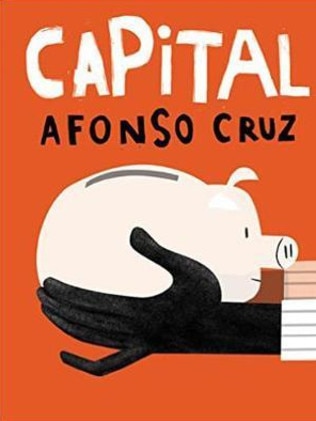
Even innocent minds need enhancement, and Syd and I have been learning Spanish. So far, he’s up to “Goodnight, father” and I’m fluent when it comes to “Two beers please”. I’m working up to “cerveza de jengibre”, just in case the under-18-year-old is with me at the time. I Love You (New Frontier, $24.99), by Chinese duo Xiao Mao and Tang Yun, takes those three precious words and translates them into Chinese, Italian, French, German and Spanish, for the benefit of a classroom of little animals. “Today we will learn my favourite words of all,’’ says their teacher, a giraffe. “They sound different all around the world, but they all mean the same thing. And when you say it out loud, the most wonderful things can happen.’’ That’s a worthwhile lesson for us all.
American author-illustrator Mo Willems, celebrated for his Pigeon books, heads to rural France in Nanette’s Baguette (Walker Books, $16.99). Nanette is a frog. One day her mother gives her the greatest responsibility she’s had: to go to the shops and “get the baguette”. Sounds easy? Well, not when you run into Georgette, Suzette, Mr Barnett and Bret (with his clarinet). Even if she does get the baguette the task is not over yet, dead set. For starters, baguettes are delicious. Then there’s that type of weather that rhymes with baguette. While in foreign climes, Moo and Moo and the Little Calf Too (A&U, $17.99) is based on the real adventure of two Hereford cows and a calf after the magnitude 7.8 earthquake on the South Island of New Zealand in 2016. This picture book is by Kiwis Jane Millton and Deborah Hinde. The cows are sleeping as the Clarence Valley begins to shake. As the ground rifts they are stranded on a grass platform. “ ‘Hold on, Moo!’ mooed Moo to Moo. They stayed together with the little calf too.” Brave bovines indeed, but they need human help. This is a cracking story. So is Corinne Fenton’s My Friend Tertius (A&U, $24.99), and it too is based on a true story, that of a British intelligence code-breaker in pre-war Hong Kong, and then Singapore, who takes home a baby gibbon he finds at a street market. This detailed story is exquisitely illustrated by Owen Swan, right down to the Gladstone bag. It’s about the prospect of war — we see Japanese fighter planes in the sky — and an unlikely friendship between two primates. “Some days I wished I could be like Tertius, oblivious to it all,” the man thinks as the two listen to the radio.
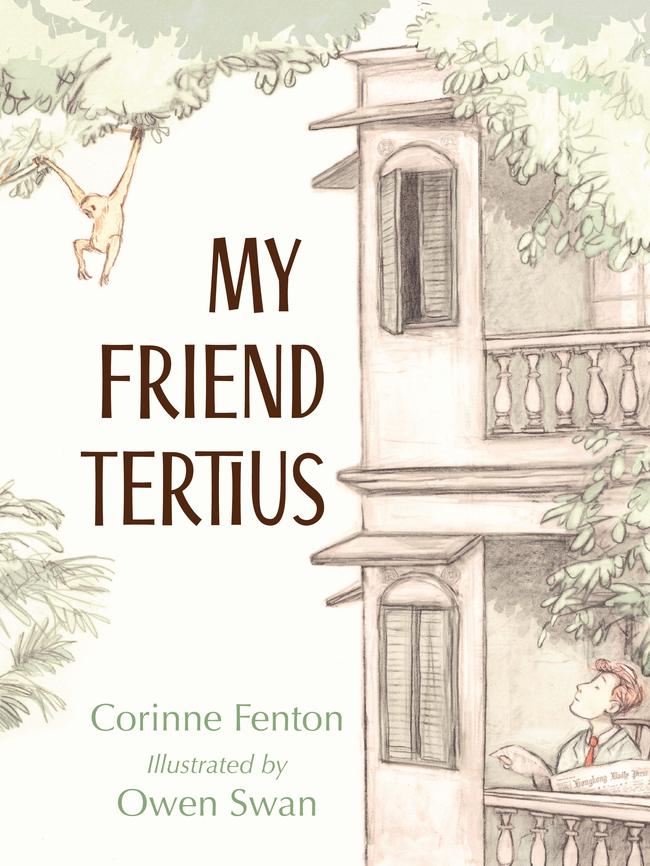
Help from an unexpected place is also part of Grandad’s Secret Giant (Quarto, $21.99), by English author David Litchfield. Billy is in a pickle. He and his friends are painting a town mural, but none of them is tall enough to reach the top of the wall. His grandad knows someone who is tall enough: “He has hands the size of tables, legs as long as drainpipes, and feet as big as rowing boats.” Billy doesn’t believe him … yet.
I’m running out of space, so it’s time to unleash the remaining dogs. One of ours, Scout, is a dingo, which means she’s super intelligent and would survive a bushfire. Dingoes Are Not Dogs (Budburra Books, $22) is not a new book but I want to mention it. It’s by indigenous educator Chris Sarra, illustrated by the children of Cherbourg State School in Queensland, which is where we found Scout as a malnourished puppy. Six years later she lives happily with Bella the lab and Jack the English staffy. Well, happy in her superior way. She’d agree on this moment in the book, when a labrador named Winston asks a dingo named Budder what kind of dog he is. “We’re not dogs! We’re dingoes.’’
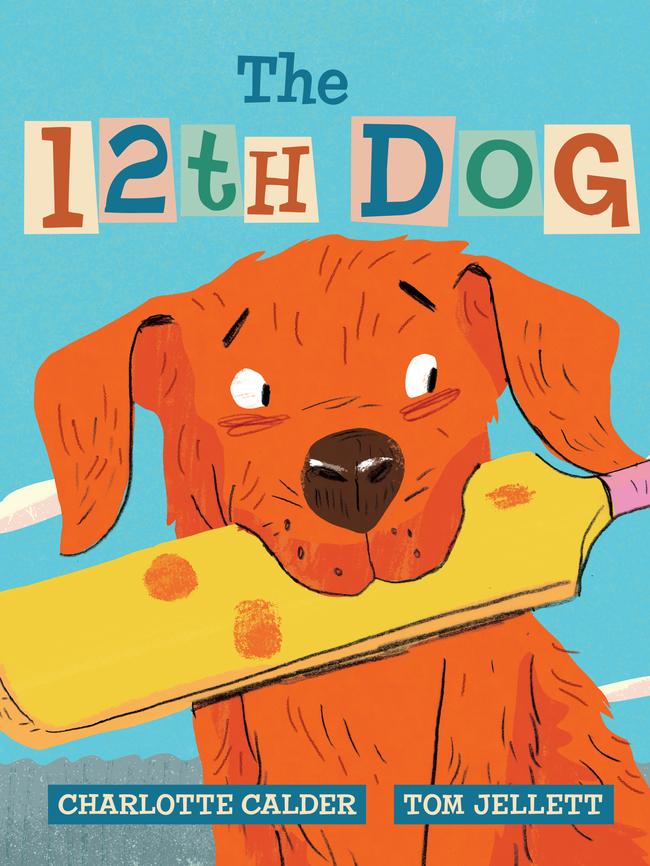
Scout does have something in common with Arlo, the red dog in Charlotte Calder’s The 12th Dog (Hachette, $14.99), illustrated by Tom Jellett. Arlo likes playing backyard cricket, even though he can’t bat or bowl. I bet you know what he can do, though. His young owner and his friends soon find out. Howzat!



